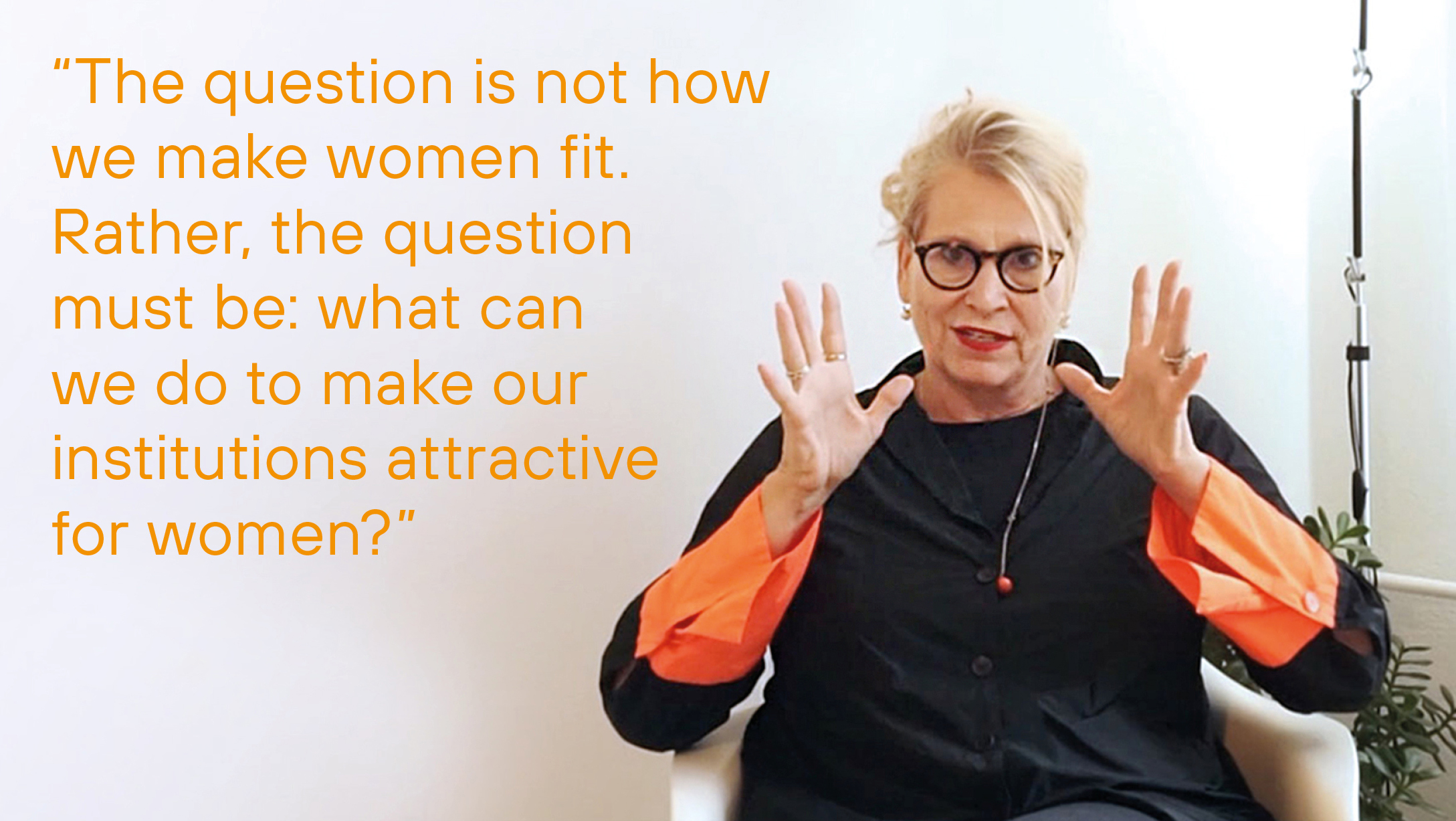We never tire of talking about the concept of othering. Because othering is omnipresent. In armed conflicts, such as the Russian war of aggression in Ukraine and the rejection of “Western” values, in professional and in private contexts.
We understand othering as an attitude and as a process in which a distinction is made between “the real ones” and “the other” and these differences are (re-)produced (again and again) through communication and action. This happens consciously or unconsciously through stereotypical group attributions and accompanying devaluations.
Let’s stay with what seems to be the easiest context to change, the private. There was a clarifying peer discussion in the office recently. One colleague came across someone in the supermarket “who looked like he was from the country in Africa where I had worked for so long and with such pleasure”. The (pre)judgment and the joy about the encounter are great, as is the (successfully suppressed) reflex to ask, is that where you are from? But what’s the point of such a question? asked the other colleague. This means that the POC person is assumed not to come from Germany, not to be a “self-evident” member. Othering is also involved here.
In a professional context, it is not enough to just track down Othering. It is about uncovering, raising awareness of and dismantling racist social structures and unconscious bias in companies, institutions and organisations. Vision, strategy and (linguistic) culture, the way of presenting yourself as an organization, recruiting processes, living together, keeping and inspiring all employees are important indicators by which an organizational culture that is sensitive to diversity and critical of racism can be measured.







